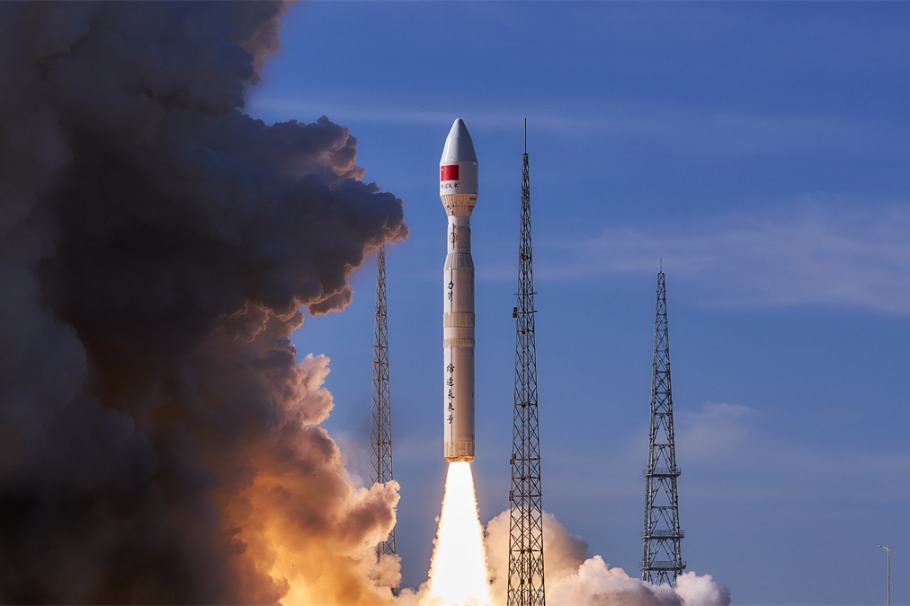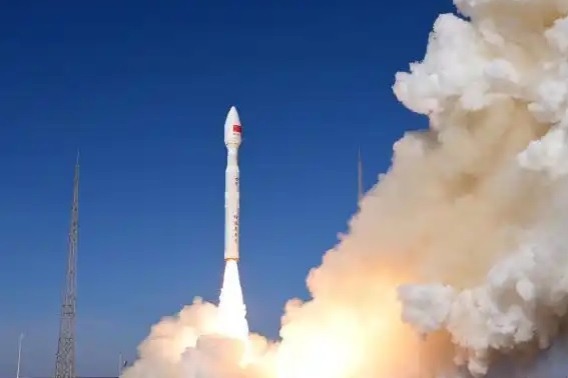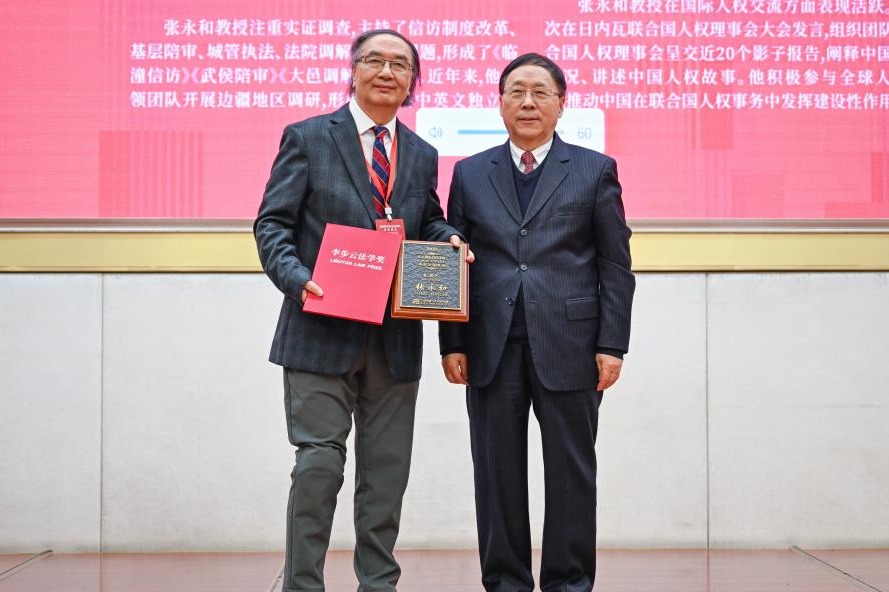Lunar-bound rocket undergoes engine trials

China conducted the second ignition test of its next-generation heavy-lift carrier rocket on Friday afternoon, moving closer to its goal of sending astronauts to the moon.
During the propulsion system test that began at 3 pm at the Wenchang Space Launch Center, a coastal spaceport in Hainan province, seven powerful engines inside a prototype first stage of the Long March 10 rocket were ignited and burned for about 320 seconds, completing several tasks and generating extensive data, said the China Manned Space Agency.
The agency said the test was intended to check the comprehensive performance of the engines in low-thrust status and during re-ignition processes.
The first such test took place on Aug 15, with the engines producing a combined thrust of nearly 1,000 metric tons, setting a new domestic record for the most powerful engine ignition test.
Developed by China Aerospace Science and Technology Corp, the Long March 10 is a brand-new launch vehicle that will carry the country's new-generation crewed spacecraft and lunar landing module. The rocket is expected to be ready for its maiden flight around 2027.
The moon-mission rocket will consist of a core booster and several side boosters. It will be 92.5 meters tall and five meters wide, with a liftoff weight of 2,189 metric tons and a thrust of 2,678 tons. It will be capable of transporting spacecraft weighing at least 27 tons to an Earth-moon transfer trajectory, according to its designers.
The rocket will also have a variant, the Long March 10A, which will not have side boosters. The Long March 10A, featuring a reusable first stage, will be 67 meters tall and have a liftoff weight of about 740 tons. With a carrying capacity of 14 tons, it will be used to transport astronauts or cargo to the Tiangong space station in low-Earth orbit, its designers said.
Designers have disclosed that the first two stages of the core boosters on both configurations are basically identical, while the moon-mission rocket includes a third stage.
The first stage of the Long March 10 and Long March 10A's core boosters will be reusable. It will perform a controlled, powered landing with its own engines and will be captured by a special recovery net, designers explained.
An industry insider who asked not to be named said engines on a disposable rocket are ignited only once, while those on a reusable model must operate reliably after a second ignition to ensure a safe atmospheric reentry and stable landing. Therefore, the design and components of such engines must be extremely reliable.
"So the ignition tests are very necessary for designers and engineers to check whether their reusable rockets can function well and generate sufficient thrust after being reignited," the insider said.
- Three dead in Shanxi internet cafe fire
- Renji Hospital celebrates two decades of international medical excellence
- Thousands of tundra swans grace Hunan's Donggu Lake for the winter
- Xinjiang heats up, halts traffic amid strong cold snap
- Photo of Qinglong Mountain egg fossil featured in top chemistry publication for groundbreaking dating research
- Three killed in North China building fire




































